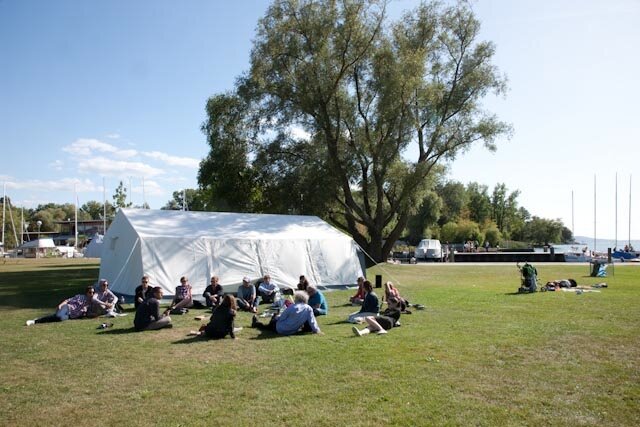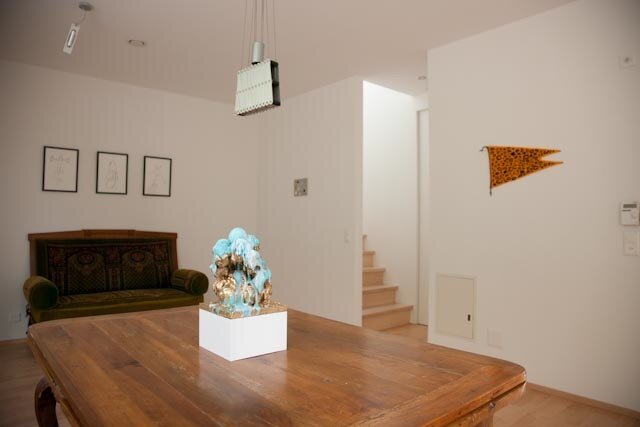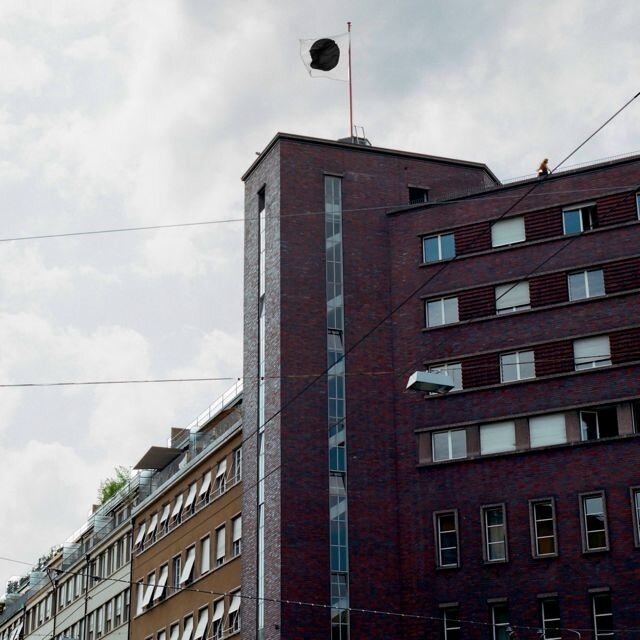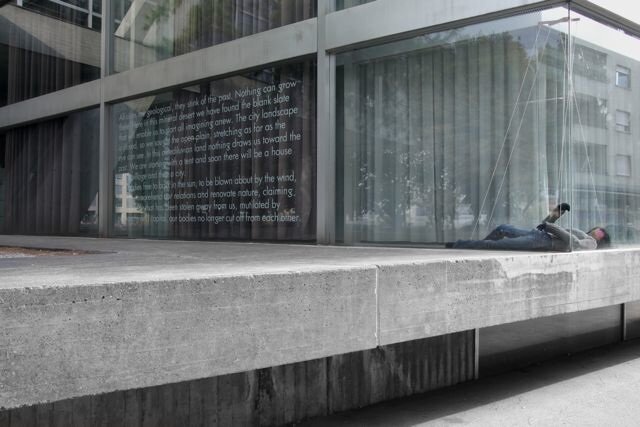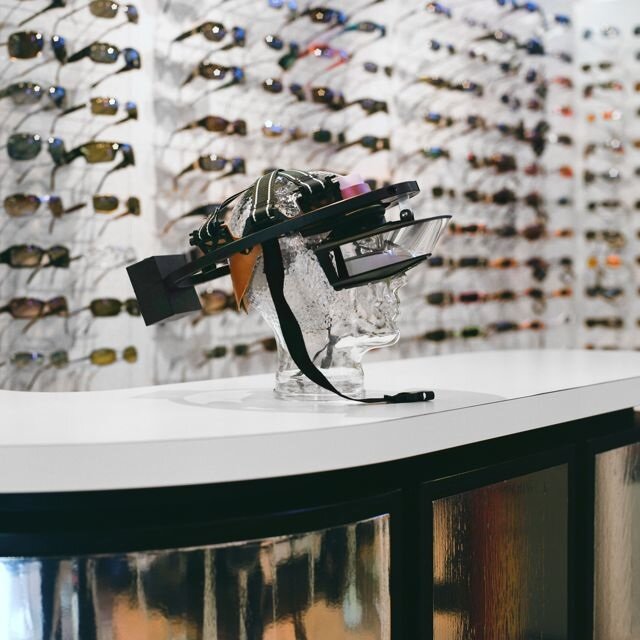UTOPICS Art in urban space
JACQUELINE BURCKHARDT
FORWORD
UTOPICS - SYSTEMS AND LANDMARKS
History shows: in 1954 Monsieur Marcel Joray, the enthusiastic initiator of the Schweizer Plastikausstellung (SPA—Swiss Sculpture Exhibition) in Biel/Bienne, a natural scientist, art lover and publisher with an obvious inclination for building bridges between disciplines, had thought out the concept of his project well and farsightedly. He wanted to offer the public, consisting of a mixture of interested visitors and chance passers-by, a representative cross-section of the diversity of current Swiss sculpture in the open air. To be sure, didactic criteria counted in the selection of the works; but for Joray the question of the esthetic emotion that the energy of the works of art was able to trigger in him was the primary consideration.
At that time the exhibition was held in the park of Rittermatte School, outside the protected environment of an art institution: Until the opening of the Centre PasquArt in 1990 there was no such thing in Biel/Bienne. Thus a virtue was made out of necessity, and an important step was taken in the history of art in public space in our country. In keeping with his curiosity, Joray also immediately envisaged reproducing the summer exhibition at intervals every few years, and he himself curated the whole thing five times. Now, in 2009, it is time for the eleventh edition of the SPA, this time under the aegis of the Genevan curator Simon Lamunière, also known as the curator of the “Art Unlimited” exhibition which has accompanied the Art Basel art fair every year since 2000.
In accordance with socio-political situations and the changing cultural tendencies, the series of SPA exhibitions reflects the relevant transformation in artistic positions and practices as well as curatorial perspectives. As far back as 1966 the exhibition wanted to “offer a framework for experiments and confrontations" and thereby promote the breaking down and expansion of cultural boundaries. Furthermore, seen from the standpoint of culture that is based on increasingly global networking, it became natural to make the selection of artists internationally, but still including a considerable number of Swiss nationals. Since 1991 the exhibitions have been designed according to themes: Tabula Rasa (1991), Transfert (2000) and now Utopics (2009). The artistic interventions are deliberately devised with these themes in mind. Often they now infiltrate far into the everyday life of the town, entering into a surprising referential interplay with inspiring locations, subverting visual habits, and sounding out new creative possibilities. In doing so they do not always manifest themselves as art unequivocally, or even at the top of their voices. Standing in front of the works, you frequently gain more if you do not consciously ask: “What really lies behind this work?”, but in the spirit of Joray wonder: “What is happening between me and the work, what thoughts and feelings can the work of art trigger in me?”
The choice of the theme Utopics is symptomatic of the phenomenon that in recent times the utopian concept has recurred strikingly frequently and prominently in art. Artists concern themselves critically with the state of the world, and in their practice want to use their resources and methods to charge new realities with utopian or often even dystopian energy.
Jacqueline Burckhardt is member of the committee of honor of SPA 2009 and co-publisher of the art-magazine PARKETT.




